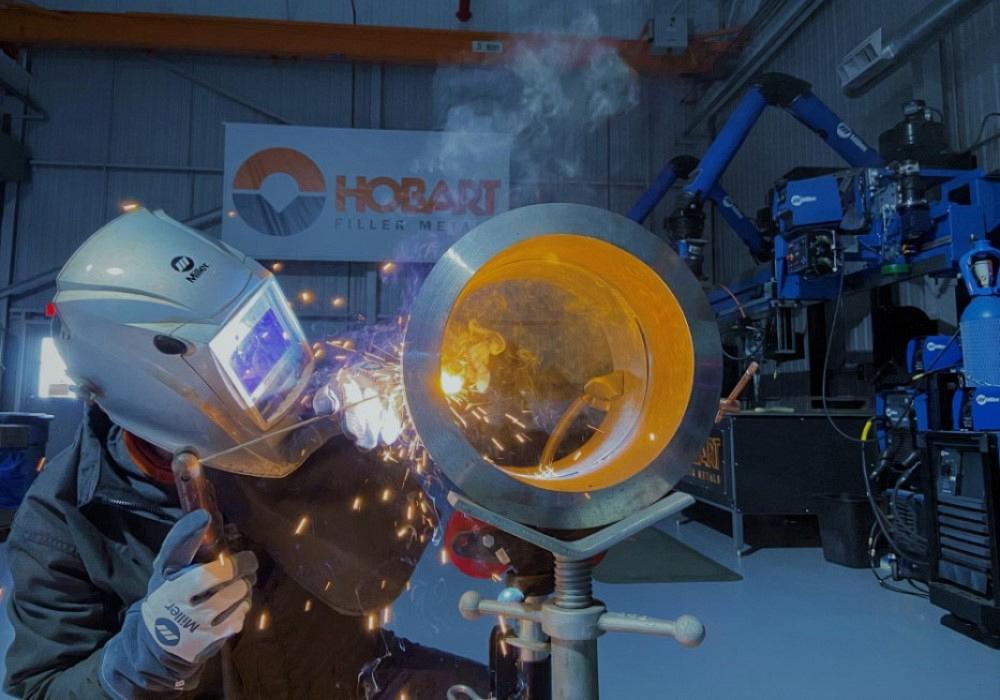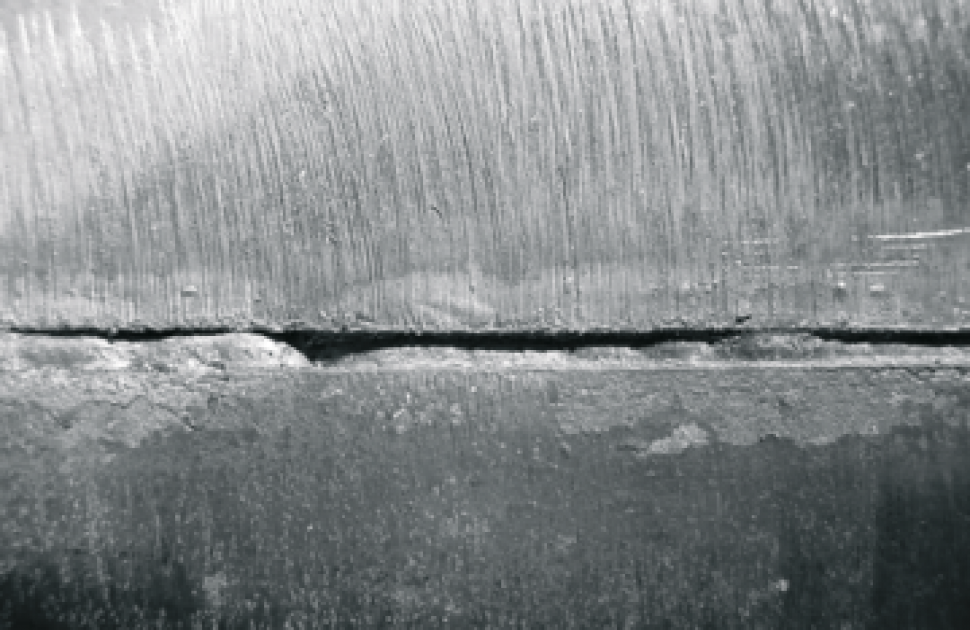Vital Tips for Welders: Stopping Undercut Welding and Ensuring Stronger Weld Joints
In the world of welding, achieving solid and long lasting weld joints is the keystone of generating high-quality work. One usual obstacle that welders often run into is undercut welding, which can compromise the integrity of the weld joint. By understanding the aspects that contribute to undercutting and applying the right strategies and safety measures, welders can properly stop this problem and guarantee the longevity and toughness of their welds. Let's explore some essential ideas that can assist welders navigate this difficulty and elevate the top quality of their welding tasks.

Comprehending Undercut Welding
Undercut welding is a common welding problem that happens when the weld steel falls short to correctly load the groove and leads to a groove-like anxiety along the weld bead. This problem weakens the weld joint, making it vulnerable to breaking and failure under stress and anxiety. Undercutting can be caused by numerous variables, consisting of excessive welding present, high welding speed, inappropriate electrode angle, wrong electrode size, and poor welding technique.
Among the primary reasons for undercut welding is a discrepancy between the welding current and the welding rate. If the welding current is too high or the welding rate is also quick, the weld steel may not sufficiently fill up the groove, bring about undercutting. In addition, using an electrode that is also huge can cause a similar end result, as the excess metal can not properly flow right into the groove.
To protect against undercut welding, welders must ensure they are making use of the proper welding criteria, preserve an appropriate electrode angle, select the suitable electrode size, and method appropriate welding methods. By dealing with these elements, welders can minimize the risk of undercutting and produce stronger, a lot more dependable weld joints.
Appropriate Welding Technique
Effective welding strategy plays an essential duty in guaranteeing the high quality and stability of weld joints. Appropriate welding method involves a mix of accuracy, skill, and adherence to ideal practices. One essential facet of correct welding method is keeping the correct angle and distance in between the welding gun and the work surface. Welders need to additionally pay close interest to the traveling speed and warm input to stop concerns like undercutting, porosity, or insufficient fusion.
Additionally, a constant and steady hand motion is vital for creating strong and resilient weld joints. Welders should go for smooth, uniform activities to make sure even distribution of the weld material. Proper manipulation of the welding weapon and filler product is likewise essential to attaining ideal infiltration and fusion.
Furthermore, regulating the warm input and choosing the ideal welding specifications based upon the product being bonded are essential elements in achieving top notch welds - Preventing weld undercut. Welders need to comply with the advised setups provided by welding treatment requirements and adjust them as required based on the certain requirements of the job. By grasping appropriate welding strategies, welders can significantly improve the toughness and dependability of their weld joints
Selecting the Right Electrode
Preserving the proper angle and range between the welding weapon and the workpiece is essential when thinking about the significance of picking the ideal electrode in welding applications. The selection of electrode plays an essential duty in establishing the high quality and stamina of the weld joint. Electrodes can be found in different types, each made for specific purposes and products.
Firstly, selecting the proper electrode size is vital. Thinner electrodes are ideal for welding thin materials, while thicker electrodes are much better for thicker products and greater warmth applications. Matching the electrode diameter to the density of the workpiece helps attain a balanced weld.
Secondly, understanding the product structure of the electrode is vital. Various electrodes are developed for welding certain materials like steel, stainless-steel, aluminum, or cast iron. Making use of the correct electrode product ensures excellent blend and lessens the threat of issues in the weld.
Lastly, taking into consideration the welding position and technique is essential when picking the electrode type. Particular electrodes are better matched for vertical or overhead welding placements, while others work well for level or straight positions. Picking the right electrode based on the welding strategy enhances the overall official site weld high quality and stability.
Preparing the Base Steel
To ensure a successful welding process, what initial actions should be taken when preparing the base steel for welding? Properly preparing the base steel is essential for achieving strong and long lasting weld joints. The very first action in preparing the base metal is to clean it extensively to get rid of any type of pollutants such as rust, dirt, paint, or oil. This can be done making use of a cable chemical, grinder, or brush solvents. In addition, any type of existing weld material or residue from previous welding should be gotten rid of to guarantee a tidy surface for the new weld.

Carrying Out Post-Weld Examinations

After performing these analyses, welders must compare the results versus sector requirements and task needs to guarantee that the weld joint meets all required criteria. Any kind of variances or insufficiencies discovered throughout the post-weld assessment ought to be immediately attended to with proper rehabilitative steps to guarantee the weld's honesty. By diligently performing post-weld inspections and promptly resolving any kind of problems, welders can support the top quality and dependability of their work, eventually adding to the security and long life of the bonded frameworks.
Final Thought

In conclusion, stopping undercut Read More Here welding and making sure more powerful weld joints require a mix of appropriate welding method, selecting the best electrode, preparing the base metal appropriately, and conducting post-weld inspections. By recognizing the root causes of undercut welding and implementing the required preventative measures, welders can create top notch weld joints that satisfy sector requirements and ensure the architectural honesty of the bonded parts.
Undercut welding is a typical welding flaw that happens when the weld steel fails to correctly load the groove and results in a groove-like anxiety along the weld bead (Preventing weld undercut). Undercutting can be caused by various variables, including excessive welding existing, high welding rate, improper electrode angle, incorrect electrode dimension, and bad welding strategy
One of the primary reasons for undercut welding is a discrepancy in between the welding existing and the welding rate. If the welding current is too high or the welding directory speed is also fast, the weld steel may not effectively fill the groove, leading to damaging.Keeping the appropriate angle and range between the welding weapon and the work surface is fundamental when thinking about the value of picking the appropriate electrode in welding applications.